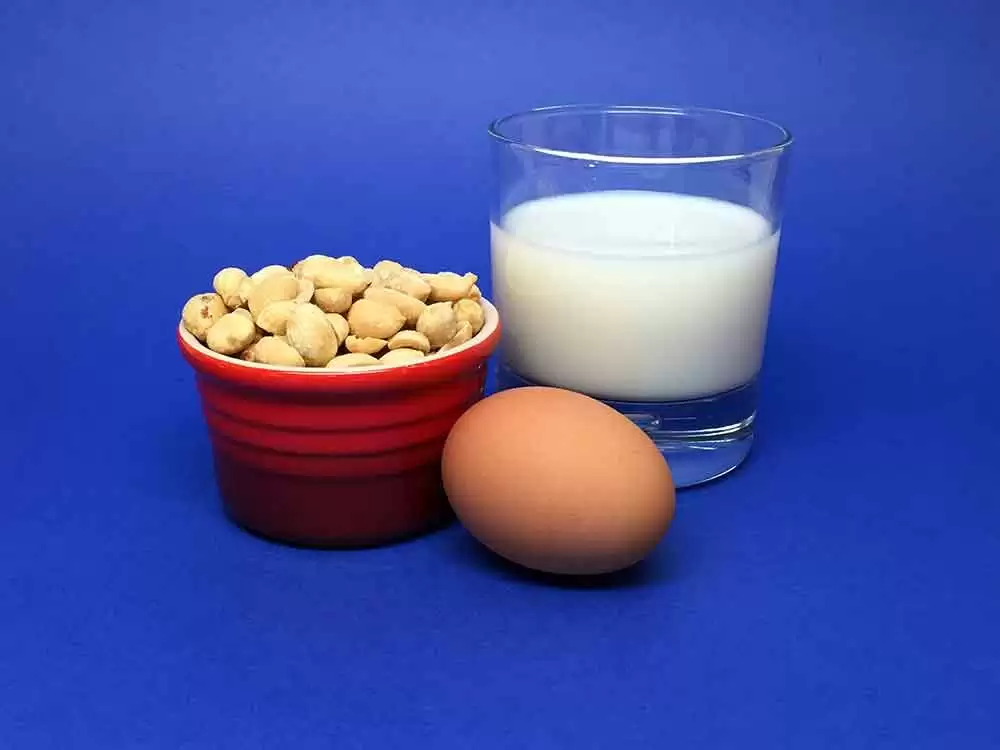
Celiac.com 12/11/2018 - In most people without celiac disease or other gluten sensitivities, the gut does a pretty good job of processing gluten, and helps to prevent local inflammatory and immune responses. However, in about one percent of the population, gluten proteins from wheat and related cereals trigger an HLA DQ2/8‐restricted TH1 immune and antibody response, which triggers celiac disease.
A team of researchers recently set out to assess the role of the cystic fibrosis transmembrane conductance regulator (CFTR) in orchestrating gliadin activities in celiac disease. The research team included Valeria R Villella, Andrea Venerando, Giorgio Cozza, Speranza Esposito, Eleonora Ferrari, Romina Monzani, Mara C Spinella, Vasilis Oikonomou, Giorgia Renga, Antonella Tosco, Federica Rossin, Stefano Guido, Marco Silano, Enrico Garaci, Yu‐Kai Chao, Christian Grimm, Alessandro Luciani, Luigina Romani, Mauro Piacentini, Valeria Raia, Guido Kroemer, Luigi Maiuri.
Researchers understand that epithelial stress and innate immune activation are necessary for overcoming oral tolerance to the gluten gliadin. However, exactly how gliadin subverts host intestinal mucosal defenses is poorly understood.
Celiac.com Sponsor (A12):
In their study, the research team shows that the α‐gliadin‐derived LGQQQPFPPQQPY peptide (P31–43) reduces the activity of cystic fibrosis transmembrane conductance regulator (CFTR), an anion channel pivotal for epithelial adaptation to cell‐autonomous or environmental stress. P31–43 binds to, and reduces ATPase activity in, the nucleotide‐binding domain‐1 (NBD1) of CFTR, thus interferes with CFTR function.
This process creates epithelial stress, tissue transglutaminase and inflammasome activation, NF‐κB nuclear translocation and IL‐15 production, all of which can be blocked by potentiators of CFTR channel gating. The CFTR potentiator VX‐770 reduces gliadin‐induced inflammation and increases tolerance in gluten‐sensitive mice and cells from celiac patients.
The team’s study shows that CFTR plays a central role in orchestrating gliadin activities, and presents potentially powerful new treatment direction for celiac disease.
Source:
The researchers are variously affiliated with the European Institute for Research in Cystic Fibrosis, San Raffaele Scientific Institute, Milan, Italy; the Department of Comparative Biomedicine and Food Science, University of Padova, Padova, Italy; the Department of Molecular Medicine, University of Padova, Padova, Italy; the Department of Health Sciences, University of Eastern Piedmont, Novara, Italy; the Department of Experimental Medicine, University of Perugia, Perugia, Italy; the Pediatric Unit, Department of Translational Medical Sciences, Regional Cystic Fibrosis Center, Federico II University Naples, Naples, Italy; the Department of Biology, University of Rome “Tor Vergata”, Rome, Italy. Department of Chemical, Materials and Production Engineering, Federico II University Naples, Naples, Italy; the Department of Food Safety, Nutrition and Veterinary Public Health, Istituto Superiore di Sanità, Roma, Italy; the University San Raffaele and IRCCS San Raffaele, Rome, Italy; the Department of Pharmacology and Toxicology, Faculty of Medicine, University of Munich (LMU), Munich, Germany; the Institute of Physiology CH, University of Zurich, Zurich, Switzerland; the National Institute for Infectious Diseases IRCCS “L. Spallanzani”, Rome, Italy; the Centre de Recherche des Cordeliers, Equipe labellisée Ligue Nationale Contrele Cancer, Paris, France; the Centre de Recherche des Cordeliers, INSERM U, Paris, France; the Université Paris Descartes, Paris, France; the Metabolomics and Cell Biology Platforms, Institut Gustave Roussy, Villejuif, France; the Pôle de Biologie, Hôpital Européen Georges Pompidou, AP‐HP, Paris, France; and the Department of Women's and Children's Health, Karolinska Institute, Karolinska University Hospital, Stockholm, Sweden.







Recommended Comments
There are no comments to display.
Create an account or sign in to comment
You need to be a member in order to leave a comment
Create an account
Sign up for a new account in our community. It's easy!
Register a new accountSign in
Already have an account? Sign in here.
Sign In Now